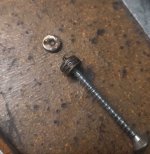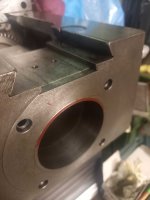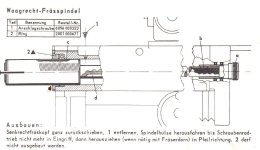Peter from Holland
Diamond
- Joined
- Jan 15, 2005
- Location
- The Netherlands
X gib looks like someone went over it using that machine for the first time
Its a used machine yes
I always scrape away that ridge Not usefull perhaps but it makes me feel better
For the scales: I have had very few machines with their original scales
And to replace one through its original channels you have to cut the connector off
Fiddle the cable trough the machine Solder the wire in the connection box under the motor and some more fiddling to get it to the readout
So most people put a replacement outside the machine
I have no problems with that
If you want the original brackets I have the one from post 19 laying around somewhere I think
Peter
Its a used machine yes
I always scrape away that ridge Not usefull perhaps but it makes me feel better

For the scales: I have had very few machines with their original scales
And to replace one through its original channels you have to cut the connector off
Fiddle the cable trough the machine Solder the wire in the connection box under the motor and some more fiddling to get it to the readout
So most people put a replacement outside the machine
I have no problems with that
If you want the original brackets I have the one from post 19 laying around somewhere I think
Peter


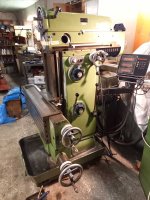

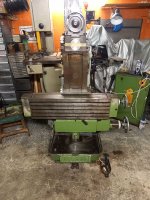

 Let's see what it can do now!
Let's see what it can do now!

